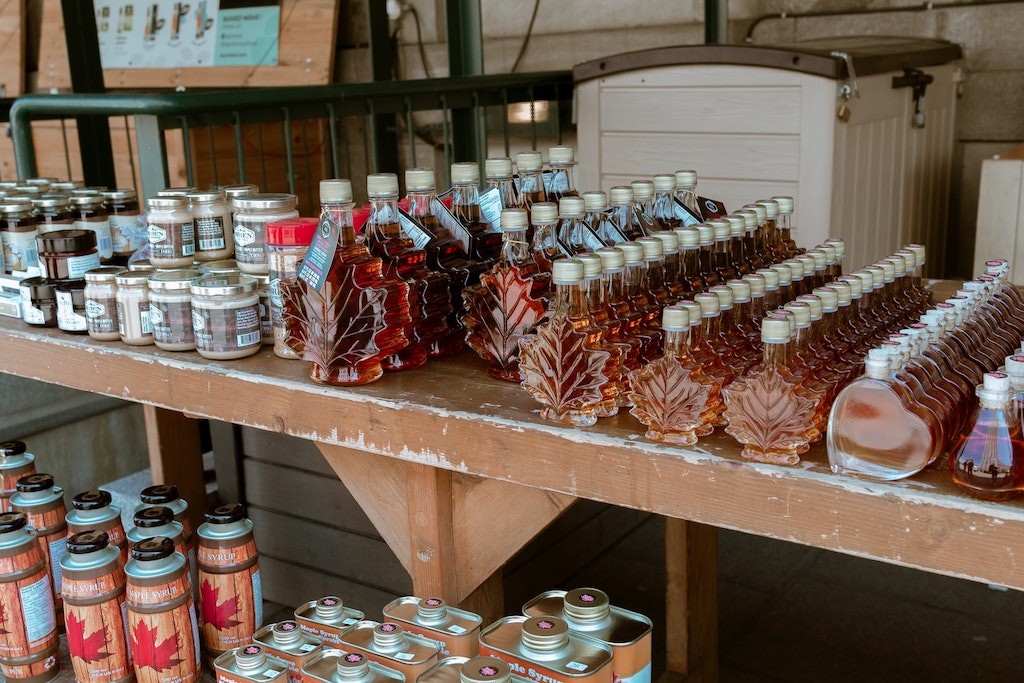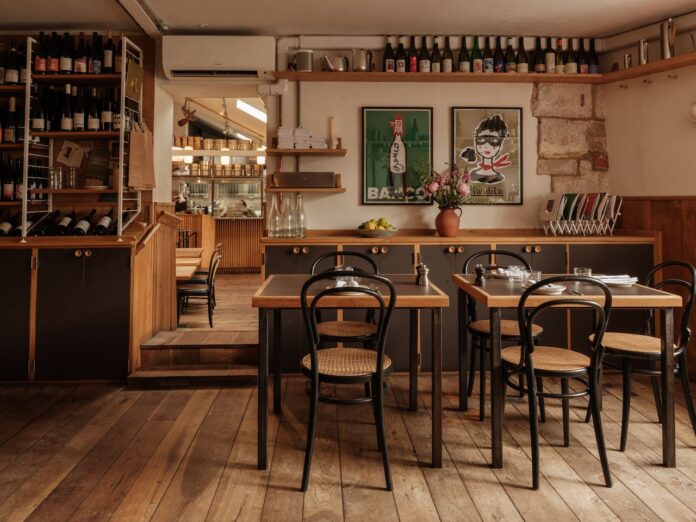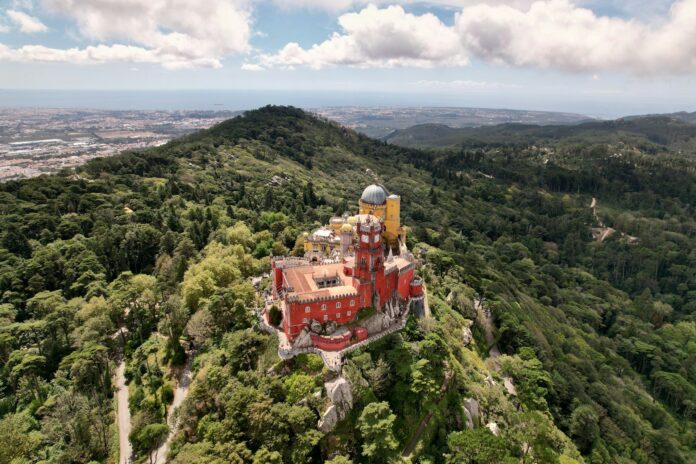Ideal if you’re planning a trip to Canada
With the news that Canada’s travel restrictions may be easing later this month and border closures look set to loosen in two weeks, could the Great White North be your first far-flung, post-pandemic holiday destination?
Though currently on the UK’s amber list, meaning travel is currently cautioned against, and both quarantine restrictions and provision of negative COVID tests are still compulsory, there is hope that Canada will be moved to the green list in the next review of restrictions, as cases in the country drop markedly.
Whilst we wouldn’t advise booking a trip to the country until such restriction removal is announced, there’s no harm in a little planning and preparation to set you up for your trip. With that mind, here are 5 travel tips for Canada first timers.
eTA
Firstly, let’s deal with the paperwork.
If and when restrictions are eased, visitors travelling to Canada by air are now expected to get an electronic travel authorisation (eTA) to enter Canada. The Electronic Travel Authorization (eTA) is a traveller verification system which is electronically linked to your travel passport as an entry requirement for visa-exempt nations, such as the UK. With an eTA, British citizens are allowed to visit Canada for short stays of up to six months.
Prior to booking anything, do check with UK government’s official guidance on travel to Canada, which includes information on everything from current required quarantine restrictions to testing and screening on arrival.
CITY SMARTS
According to the 2021 World’s Best Cities report, Canada has six of the world’s best cities – Toronto, Vancouver, Montreal, Calgary, Ottawa and Edmonton. The country as a whole has a multicultural, diverse soul, and when choosing where to visit, it’s important to know that each city has something very different to offer. Here’s the lowdown on our favourite three:
Toronto: If you want a city break, Toronto is perfect. Canada’s largest city, it’s often described as a more modern and more manageable version of New York. However, we think this comparison doesn’t do it justice. Year after year, Toronto consistently scores high as one of the best cities to live in the world. It’s also one of the most multicultural cities in Canada and people from all over the globe have forged communities here, leading to a fascinating food and arts scene, and a warm, welcoming atmosphere.
We’re particularly fond of the Ossington Strip in Downtown Toronto, which has become synonymous with a groovy, hipster vibe. Occupied by rows of cute bakeries and cutting-edge bars, the Ossington Strip is fast gaining a name for itself as a hub for great food and even greater drinks. The best time to visit is at night where you’ll have a choice of bars to visit, many of which the locals won’t want you to discover. It’s also one of the best cities for vegans in the world, we think!

Vancouver: Canada’s third largest city is one of diverse and jaw-dropping natural beauty. Sitting on the country’s western coast, with the Pacific Ocean in front and the North Shore and Coast Mountains behind, we’ve rarely seen a more beautifully framed place.
There are 28 kilometres of uninterrupted waterfront paths meandering around Vancouver’s perimeter for you to traverse, and Grouse Mountain (often called the ‘peak of Vancouver’) is a free, thirty minute shuttle ride away and ready for you to climb. This much natural wonder positioned so close to a lively, cosmopolitan urban centre spells good fun for all, don’t you think?
Read: 6 things to do with the kids in Downtown Vancouver, Canada

Montreal: We know that you can’t really compare a city to another city, since each one has its own unique spirit, but we’re going to do it any. To the outsider, Montreal seems half Brooklyn, half Paris. Franglais is spoken widely here mon chum and ”Bonjour-Hi” is the city’s unofficial greeting, which makes sense since French was once the official language of Quebec. This bilingual city often plays the part of Brooklyn in films and TV series and has faced similar levels of gentrification, for good and bad.
You don’t have to dig deep to discover Montreal’s hipster party spirit. While we love Old Montreal, on the peripheries of the city are artistic communities in former industrial districts, such as hip and happening Mile End, which are equally as enthralling as the famous city centre.
DON’T MISS OUT ON THE FOOD…
Canada is a foodie destination and a half, elevated by the many cultures who have made their home here. Regardless of the city you visit, there are several must-try dishes you just have to experience while you’re here:
Poutine – We realise we’re not the first to say this, but we just love poutine, a dish of French fries topped with cheese curds and gravy that originated in Quebec but is now enjoyed all across the country. The ultimate Canadian comfort food, you’ll find it served from food trucks and street food vendors in every city. Grab a fork (you’ll need one) and dive in!
Today, you can get all sorts of toppings for poutine, such as pulled pork, butter chicken and Korean style beef. Try it at Smoke’s Poutinerie, a franchise that has dishes named things like Avalanche and Heart Attack on its menu; yep, this isn’t a dish for those on a diet.
Beavertails – Another must-try for visitors to Canada, a Beavertail is essentially a flat doughnut, stretched to resemble the long, flat tail of a Beaver, and can be topped with an array of sweet and savoury ingredients.
If you didn’t know already, beavers are Canada’s national symbol and were given official status as an emblem of Canada all the way back in 1975.
Anyway, the most popular (and our favourite) topping is the traditional cinnamon and sugar. Try it at BeaverTails, a restaurant – now a chain – where BeaverTails pastries began.
Butter Tart – These small, flaky pastry tarts made from butter, sugar, syrup and egg are a quintessential Canadian sweet treat. The combination of the flaky pastry and the rich gooey centre is to die for – but be warned, they are bracingly sweet. Too many, and you might actually end up dying for them.
Pâté Chinois – A Quebec style shepherd’s pie made up of a layer of ground beef, a layer of creamed corn and topped with a layer of potatoes, the name translates as Chinese Pie. It’s thought that Chinese cooks who came to Canada and worked on the railways in the 19th century adapted it from the classic Shepards pie. Don’t be afraid to eat this one with ketchup – all Canadians do.
Maple Syrup – Just buy some and take it home with you. Enough said.

…AND THE MUSIC
Canada has given us some of the greatest, most influential recording artists of all time. From the roaring guitar solos of Neil Young to the dulcet tones of Leonard Cohen, all the way to the poignant poetry of Joni Mitchell and the all-conquering modern-day superstars Drake, the Weeknd and Justin Bieber, the country packs some serious pedigree musically.
Montreal is the focal point of some of Canada’s most prestigious live music events, particularly festivals, with Osheaga, MUTEK, and Montreal Jazz Festival, all huge draws. The latter attracts around two million attendees each year and is the largest jazz event on the planet.
If you prefer to rock out a little, Osheaga has attracted the likes of Tame Impala, Coldplay, the Cure and local stars Arcade Fire to their stages in recent years, whilst MUTEK is recognised globally for its emphasis on electronic music.
Not to be outdone, Toronto hosts the North By North East festival annually, showcasing the world’s most exciting emerging artists. Drake’s hyped OVO festival also takes place in Toronto (‘the Six’) which is his hometown. Now in its second decade, the line up is reliably huge, with everyone from Lauren Hill to Jay-Z and even Stevie Wonder performing here.
Simply put, if you love music, Canada caters to any and every taste.
THE COLDEST WINTER
While it’s a myth that Canada is always cold, and temperatures, of course, vary from region to region, but if you’re visiting Montreal or Toronto between November and April, come prepared for temperatures that regularly dip below freezing. Vancouver is a little more consistent, but again, it does get cold.
A shower of snowflakes that leave you wet through, harsh winter winds and constant downpours…these unpredictable elements can certainly kill the buzz pretty quickly on a cold weather trip if you’re not prepared for it.
So, first things first, you’re going to need a winter jacket to see you through to your destination warm, dry and happy. It’s important to note here that not all ‘waterproof’ jackets were created equal, and many on the high street are only water repellant (not the same thing and not offering the equivalent level of protection). These don’t actually qualify as ‘waterproof’, though they might try to claim that they are.
Whilst Canada Goose jackets are world famous for the warmth of their fur, down and durability, we perhaps prefer the jackets from the brand Wuxly, whose vegan parkas are just as cosy, and who make regular contributions to charities supporting the fight against animal cruelty.
On the flip side, Canadian summers are generally balmy but not stiflingly hot, and are the ideal time to visit the country. That said, it’s also peak season, and with schools out for summer, June through September is a busy period. If you’re looking for that mix of pleasant temperatures and manageable crowds, late September and October might be your best bet.





